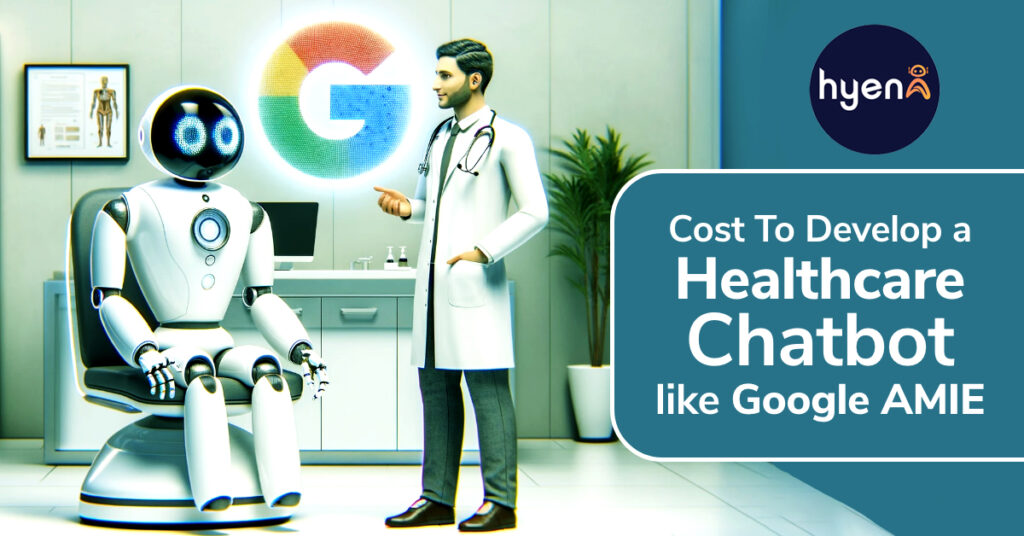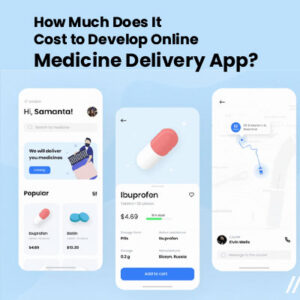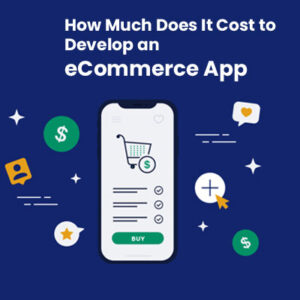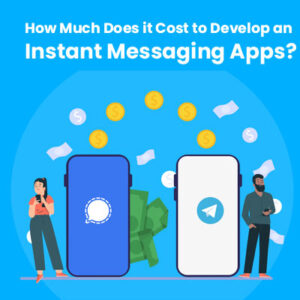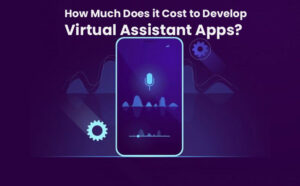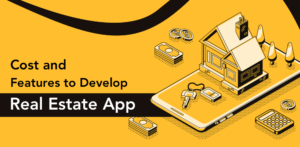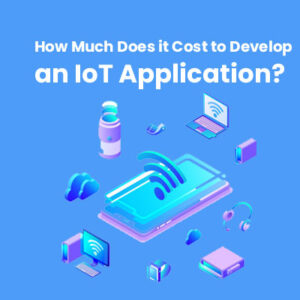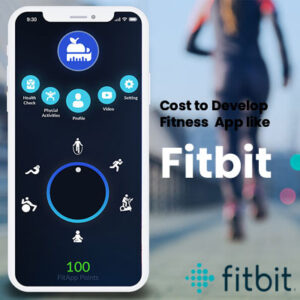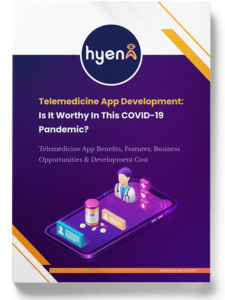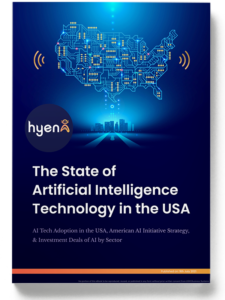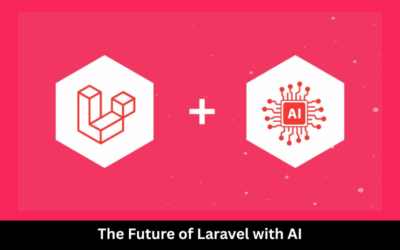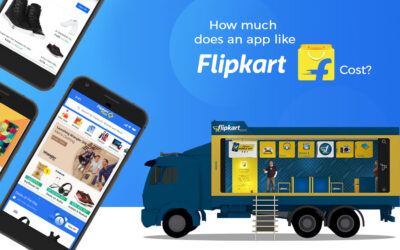Cost to Develop a Healthcare Chatbot Like Google’s AMIE
How Much Does It Cost to Develop a Healthcare Chatbot Like Google’s AMIE?
The inception of Google’s AIME has simplified the way we approach medical advice and support. It has not only made it more accessible but also significantly more efficient. Because of its efficiency, many are considering developing their own healthcare chatbots. But developing a chatbot like AIME is not a simple feat. It requires comprehensive investment in design, development, technology, and adherence to healthcare regulations. Moreover, collaboration with AI development company is also a key step in developing a similar app like Google’s AMIE.
In this article, we walk you through the key features of a healthcare chatbot and the cost of creating an app like Google AMIE.
Understanding the Scope and Features of a Healthcare Chatbot
Here are the core features and functionalities of a medical chatbot app like AIME:
- NLP (Natural Language Processing) Capabilities
It enables the chatbot to analyze and reply to the interactions effectively. This allows the chatbot to understand human language and generate coherent responses. So, the chat will feel more natural and intuitive.
- Symptom Checking and Diagnosis Support
The chatbot should analyze the symptoms provided by the user and suggest possible conditions. Using the database of medical knowledge, it also suggests possible next steps, like seeking medical attention or specific actions.
- Patient Data Management
It is essential to keep track of user information, medical history, and interactions with the chatbot. This ensures the chatbot can provide personalized advice and follow-up consultations.
- Electronic Health Records (EHR)
Accessing patient records in real-time and updating them ensures medical professionals can access them whenever required or in emergencies. This ensures more informed-decisions and better coordinated care.
- Appointment Scheduling and Reminders
The chatbot should assist in checking the availability, scheduling the appointment, booking a slot, sending the remainders, and streamlining the administrative process.
- Multi-Language Support
The chatbot should be able to interact in multiple languages to make healthcare accessible to a diverse user base. This allows even non-English speakers to use the chatbot in their preferred language.
- Voice Recognition and Response
Voice commands make interactions more seamless, especially for users who like to speak rather than type or have difficulty typing for longer durations.
- AI-driven Personalized Health Advice
AI algorithms should be developed to examine the users’ health data to provide personalized recommendations that include lifestyle changes, diet, medication remainders, and exercise.
- Integration with Wearable Devices
Getting real-time data from wearable devices lets the chatbots offer timely advice, monitor any chronic conditions, and alert users of potential health issues.
- Security and Compliance with Health Regulations (e.g., HIPAA)
It is one of the significant features of AI-powered healthcare app development. Complying with any regulations, such as HIPAA, ensures data security and patient privacy.
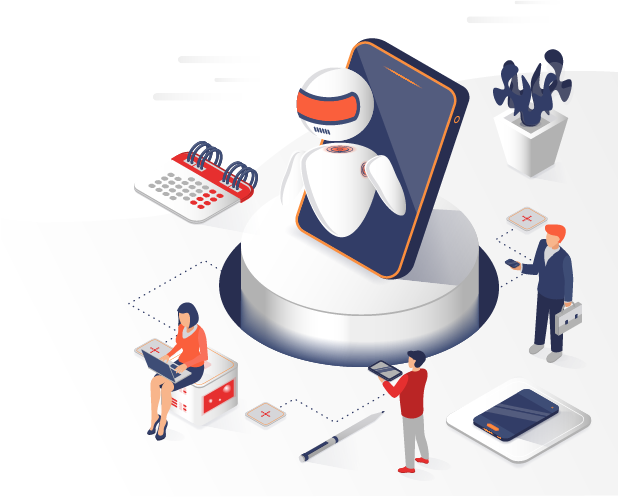 How Much Does It Cost to Develop a Chatbot Like Google’s AIME?
How Much Does It Cost to Develop a Chatbot Like Google’s AIME?
Tech people must be aware that the answer to this question relies mainly on various factors like design complexity, features, development time, mobile app developer’s location, hourly rate of app developers, etc. On average, the cost of the cost of developing a basic medical chatbot usually ranges from $50,000 to $65,000. But to develop a healthcare chatbot with more advanced features like AIME, it may cost between $100,000 and $200,000 or even more.
For a more detailed explanation, we have provided cost estimation examples of three different levels of developing healthcare chatbots. Understanding these estimations helps you plan your app’s investment strategy and budget effectively. Based on this, you can choose the right level of investment for your medical chatbot project.
- Basic Healthcare Chatbot Development
A basic healthcare chatbot has fundamental functionalities like appointment scheduling and symptom checking. It provides basic support and can handle simple tasks without advanced AI features like EHR integration. This basic version is suitable for small clinics, individual practitioners, or startups looking to automate basic support for their patients.
Estimated Cost Range: $50,000 to $80,000, and the cost range includes UI/UX design, basic feature development, and initial deployment.
- Advanced Healthcare Chatbot Development
Developing an advanced healthcare chatbot has comprehensive features like multi-language support, AI-driven health advice, and EHR integration for personalized interaction. This is suitable for mid-size healthcare providers looking for sophisticated healthcare solutions.
Estimated Cost Range: $100,000 to $200,000, and the cost covers all the advanced features mentioned, including UI/UX design, system integration, and comprehensive testing.
- Enterprise Level Healthcare Chatbot Development
Enterprise-level chatbot development needs to integrate advanced features such as voice recognition, robust security, wearable device integration, etc. This type of healthcare chatbot is suitable for large healthcare organizations that deliver cutting-edge healthcare services with high levels of automation and personalization.
Estimated Cost Range: $300,000+, and the cost range mostly includes all the advanced features, user-friendly UI/UX design, on-going support, and rigorous testing.
Different Stages of Developing a Healthcare Chatbot
Developing a healthcare chatbot has several crucial stages, each associated with costs. Here is a detailed breakdown of these components.
Planning and Requirement Analysis
- The first step is to analyze user needs, conduct market research, and evaluate project feasibility. This helps to align the project with market demands and viability.
- Next, outline the functionalities and scenarios that the chatbot will address to get an outline of the development process.
- Creating a detailed project plan with timelines with clear milestones, timelines, and milestones. This makes planning the development process easier.
Design and Prototyping
- Design a user-friendly interface (UI/UX Design) that focuses on ease of use and accessibility.
- Developing mockups and wireframes to visualize how the chatbot layout and flow looks like before starting the development process.
- Creating prototype for testing and refining the design so that it meets the requirements and expectations of the users.
Development and Testing
- Building the database management and server-side logic for efficient data storage and processing.
- Developing user interactions and interface for an intuitive and seamless user experience.
- Implement machine learning and AI models so that chatbots can analyze and respond to user queries.
- Conducting the tests in various phases that include unit testing, user acceptance testing, and integration testing. This helps identify any bugs and fix them to ensure the chatbot works efficiently.
Deployment and Maintenance
- Deploy the chatbot on servers and cloud platforms to make it easy for users to access it.
- Maintain and update the chatbot regularly to improve its performance. Adding new features and fixing any issues that may arise.
- Providing necessary troubleshooting services to assist the users. Also, address any problems that users may encounter.
- Understanding these development stages helps to plan and budget accordingly. And it also ensures smooth and successful project deployment.
Cost-Saving Strategies to Consider While Developing a Health Chatbot
Since developing a chatbot like AIME is a huge investment, you can implement some cost-saving strategies to reduce expenses without compromising quality. Below, we have mentioned some of the proven methods to achieve the same.
- Agile Development Methodology
This methodology ensures the project is aligned with user needs and reduces rework that can be expensive. Focusing on essential features ensures the chatbot can be launched quickly for starting value. And any additional features can be implemented in future iterations.
- Leveraging Open-Source Tools
Using open-source frameworks can have a significant reduction in costs. These free tools come with community support and extension documentation. Projects using open-source can benefit from community contributions that can help with keeping software up-to-date, troubleshooting issues, and adding new features.
- Cloud-Based Solutions
Cloud platforms like Azure, AWS, and Google Cloud provide scalable solutions that can grow according to project needs. So, this helps significantly eliminate any upfront infrastructure costs. Cloud services often provide a pay-as-you-go option, which lets you pay only for the resources you use. It helps to manage the costs efficiently, especially during the initial stages of development and testing.
Wrapping Up
Developing a healthcare chatbot like Google’s AIME requires a significant investment along with time, resources, and the support of an expert mobile app development company. So, it also requires thorough planning, strategic implementation, and cost-saving strategies to manage the budget landscape.
Get in touch with Hyena, a leading AI healthcare app development company, for more information on the cost of creating an app like AIME.
